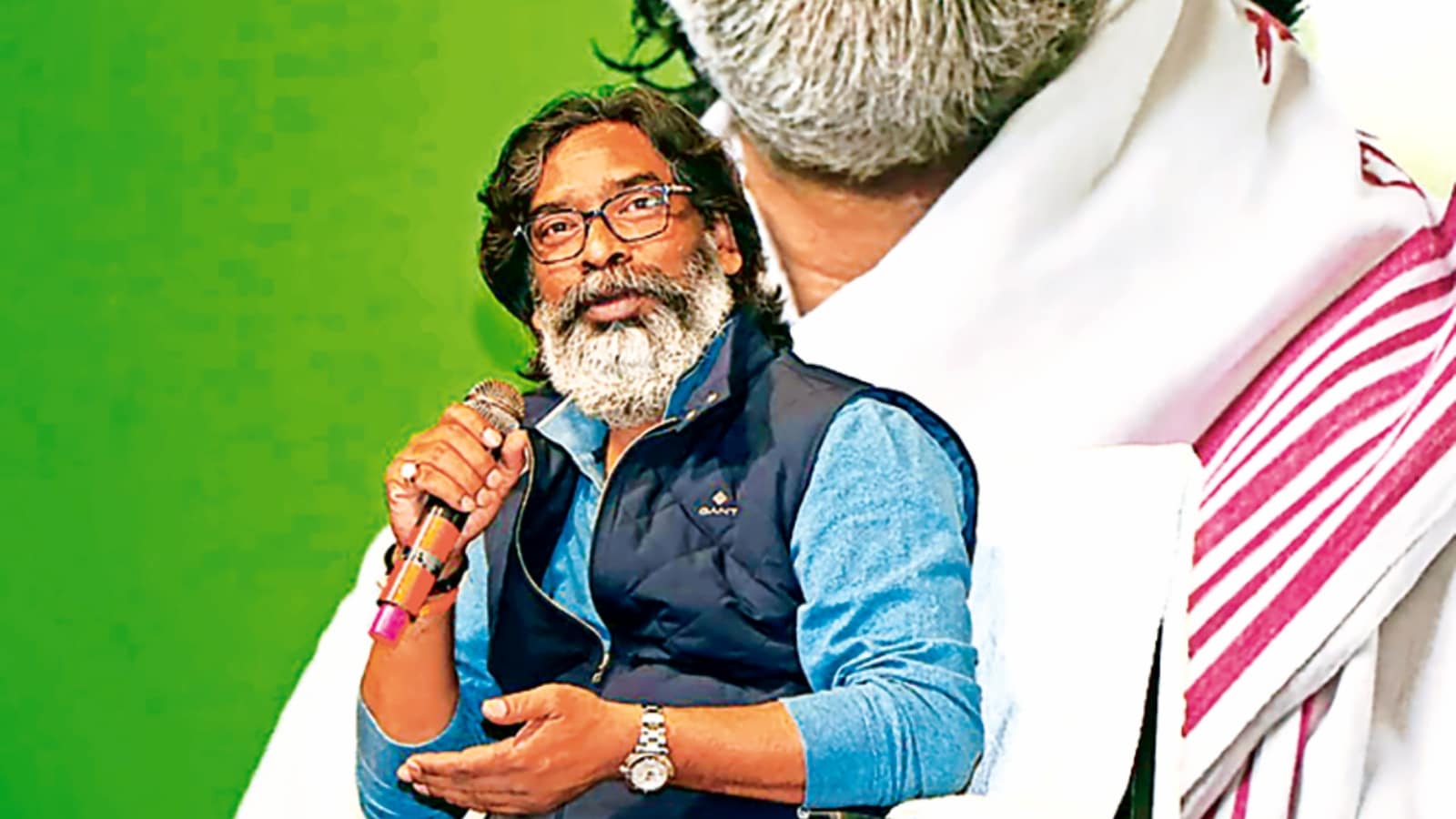ARTICLE AD BOX
Last Updated:July 25, 2025, 07:43 IST
With 4,078 consecutive days in office, Narendra Modi now stands behind only Jawaharlal Nehru in terms of tenure as Prime Minister

With 4,078 days in office, Modi has reached a major milestone in a political career spanning nearly a quarter of a century. File pic
A day after signing the landmark India–UK Free Trade Agreement in London, Prime Minister Narendra Modi on Friday made history once again by becoming the second-longest consecutively serving Prime Minister in India’s history, surpassing Indira Gandhi’s uninterrupted tenure of 4,077 days.
While Jawaharlal Nehru, the country’s first Prime Minister, remains India’s longest-serving PM with a total of 6,130 days in office, Modi’s achievement is nonetheless significant.
With 4,078 days in office, Modi has reached a major milestone in a political career spanning nearly a quarter of a century — 24 years at the helm of democratically elected governments at both state and national levels.
WHAT MAKES MODI’S PREMIERSHIP SPECIAL?
First PM born post-Independence: Modi is the only Prime Minister born after 1947 to assume the nation’s highest executive role.
Longest-serving non-Congress PM: He has held office longer than any other Prime Minister from outside the Congress party.
Longest tenure from a non-Hindi-speaking state: Hailing from Gujarat, Modi holds the record for the longest-serving Prime Minister not from the traditional Hindi heartland.
Unmatched electoral record: Modi is the only non-Congress Prime Minister to have completed two full terms and been re-elected twice, securing consecutive mandates in 2014, 2019, and 2024.
Majority on his own: He remains the only non-Congress leader to have secured an outright majority in the Lok Sabha.
Echoes of Nehru and Indira: Modi is the first PM since Indira Gandhi in 1971 to win re-election with a majority and joins Jawaharlal Nehru as the only leader to lead his party to three successive general election victories.
Consistent political leadership: Over the course of his political journey, Modi has led his party to six straight electoral victories — three in Gujarat (2002, 2007, 2012) and three at the national level (2014, 2019, 2024).
In 2014, the BJP swept to power at the Centre with a brute majority, securing 272 seats, with Narendra Modi as its prime ministerial face. Five years later, the party bettered its performance, winning 303 out of 543 Lok Sabha seats. Although the BJP fell short of the halfway mark in 2024, it emerged as the single largest party and returned to power for a third consecutive term with the support of its NDA allies.
Today marks a red-letter day in Narendra Modi’s legacy, one on which he is likely to build his personal brand of politics further. Many would argue that Modi may be redefining the benchmarks of political longevity in the country, with his sights set on one day surpassing Nehru’s 6,130 days in office.

Anindya Banerjee, Associate Editor brings over fifteen years of journalistic courage to the forefront. With a keen focus on politics and policy, Anindya has garnered a wealth of experience, with deep throat in ...Read More
Anindya Banerjee, Associate Editor brings over fifteen years of journalistic courage to the forefront. With a keen focus on politics and policy, Anindya has garnered a wealth of experience, with deep throat in ...
Read More
- Location :
- First Published:
News india Narendra Modi Breaks Indira Gandhi’s Record, Becomes India’s Second-Longest Serving PM
Disclaimer: Comments reflect users’ views, not News18’s. Please keep discussions respectful and constructive. Abusive, defamatory, or illegal comments will be removed. News18 may disable any comment at its discretion. By posting, you agree to our Terms of Use and Privacy Policy.



.png)
.png)
.png)
















 23 hours ago
8
23 hours ago
8







 English (US) ·
English (US) ·